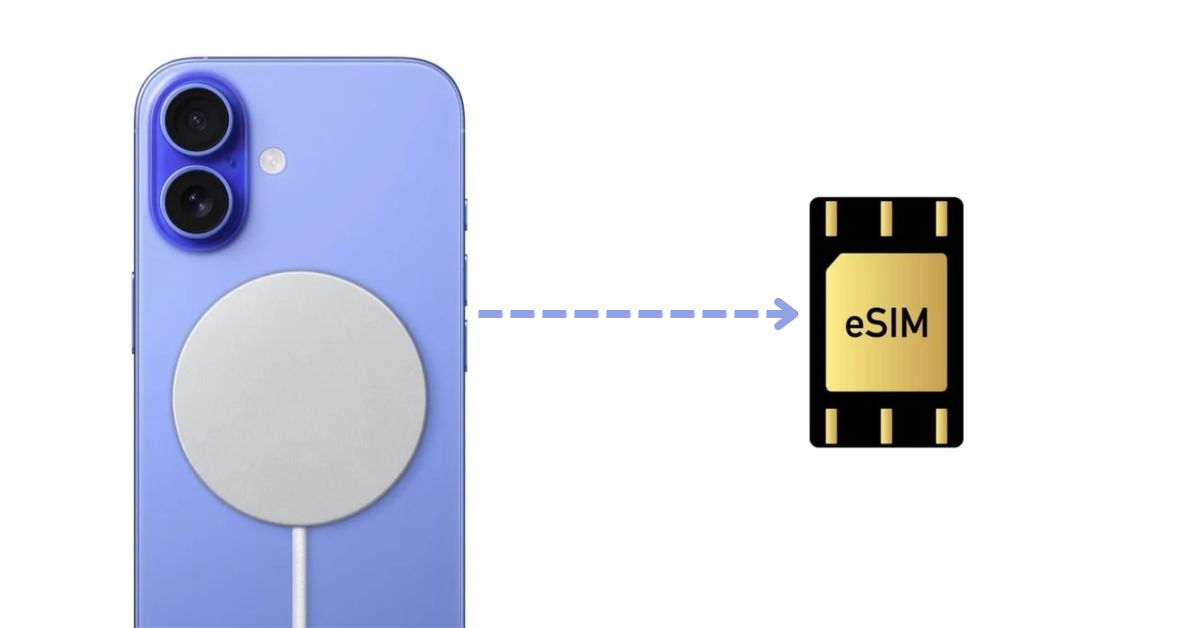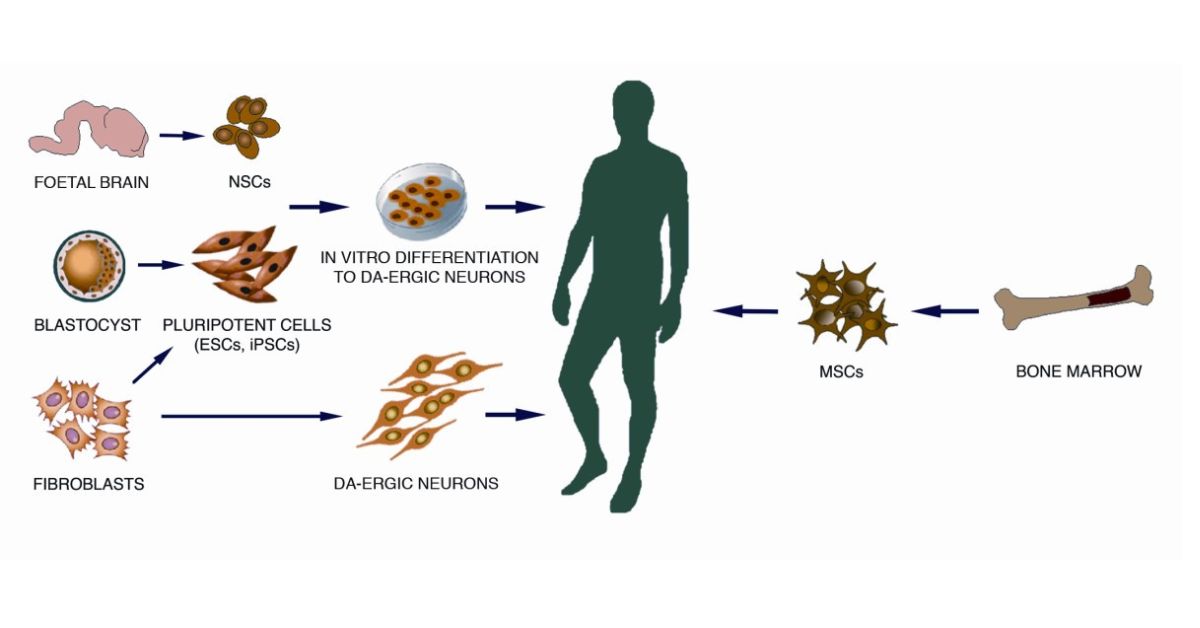Could stem cells hold the key to treating Parkinson’s disease? A pair of recent studies offers a glimmer of hope for Parkinson’s patients and researchers alike. While still in the experimental stages, these findings represent a significant step in exploring new frontiers for managing this complex neurodegenerative condition.
In this article, we’ll unpack the science behind stem cell therapy and its potential to treat Parkinson’s, examine the highlights from two groundbreaking studies, and hear what experts and patients have to say about the future of this experimental treatment.
Understanding Parkinson’s Disease and the Promise of Stem Cells
Parkinson’s disease is a progressive neurological disorder that affects over 10 million people worldwide. Characterized by tremors, rigidity, and slowed movements, the disease is caused by the loss of dopamine-producing neurons in the brain. Current treatments, like medication and surgery, focus on managing symptoms but fall short of either reversing or halting the disease’s progression.
Stem cell therapy, however, offers a more ambitious possibility. Stem cells, which are undifferentiated cells capable of transforming into specialized cells in the body, could potentially replace the lost dopamine-producing neurons in Parkinson’s patients. By replenishing damaged areas of the brain, this regenerative approach aims to address the root cause of the disease, not just its symptoms.
Although the road to clinical application is long, early studies are beginning to show encouraging results.
The Science Behind Stem Cell Therapy for Parkinson’s
Stem cells come in a variety of forms, from embryonic stem cells (pluripotent cells that can become any type of cell in the body) to induced pluripotent stem cells (iPSCs), which are adult cells reprogrammed to act like embryonic stem cells. Both types are being explored for Parkinson’s therapy.
The hope is that these stem cells can be coaxed into developing into dopamine-producing neurons and then transplanted into the brains of patients. If successful, they could integrate with the existing neural network, produce dopamine, and improve motor function. However, challenges such as cell survival, immune system rejection, and ethical considerations have made progress slow.
Nevertheless, recent advances in stem cell technology are beginning to address these barriers, as demonstrated by the two small studies we’ll discuss next.
Two Small Studies, Big Potential
Two recent clinical studies have provided new insights into the feasibility of using stem cell therapy to treat Parkinson’s. Here’s a closer look at their methodologies, results, and limitations.
Study 1: Dopaminergic Neuron Transplants Show Promise
Published in the journal Nature Medicine, this study involved transplanting dopamine-producing neurons derived from iPSCs into the brains of 10 Parkinson’s patients. The process included a rigorous selection of high-quality iPSC-derived neurons to ensure safety and efficacy.
Key Findings:
- The patients showed measurable improvements in motor function over the course of one year.
- Brain imaging revealed that the transplanted neurons were functional and producing dopamine.
Limitations:
- The study had a small sample size (10 participants), making it difficult to generalize the results.
- Longer follow-up periods are essential to assess the durability of the treatment.
Study 2: Fetal Tissue-Derived Neurons in Experimental Models
Another study used dopamine-producing neurons derived from fetal tissue, focusing on preclinical and early-stage clinical trials. The researchers developed a method to optimize cell survival and delivery.
Key Findings:
- Early data showed that the transplanted neurons integrated well with the brain’s existing networks.
- Patients experienced a reduction in symptoms such as tremors and rigidity.
Limitations:
- Fetal tissue sources raise ethical concerns that may limit widespread application.
- There is still a risk of immune rejection, despite efforts to minimize it.
Both studies highlight the potential of stem cell therapy in improving the lives of Parkinson’s patients. However, larger trials are necessary to confirm efficacy and safety before this treatment becomes widely available.
What the Experts Say
Dr. Anna Li, a leading neurologist specializing in Parkinson’s research, described these studies as “exciting milestones in the ongoing effort to offer Parkinson’s patients more than just symptom management.” While she cautioned against premature conclusions, she emphasized that “progress in stem cell research is opening doors we never thought possible even a decade ago.”
Dr. James Patel, a senior researcher in regenerative medicine, added, “These experiments show we’re moving beyond theoretical concepts into clinical realities. That said, we still need to solve critical issues like immune rejection and optimizing cell delivery before stem cell therapies can go mainstream.”
Stories from Patients and Caregivers
Patient testimonials further highlight the promise stem cell therapy holds.
Nancy Lee, one of the participants in the studies, shared her experience. “It felt like I was getting a second chance. My tremors have reduced so much that I can hold a cup of coffee without spilling it. It’s not a cure, but it’s hope.”
Similarly, caregivers, like Allen Fox who cares for his father, expressed cautious optimism. “Seeing even slight improvements in Dad’s ability to move freely has been incredible. It gives us hope that there might be a real breakthrough in the near future.”
What Does the Future Hold for Stem Cell Therapy in Parkinson’s?
The results from these studies are undeniably promising, but there’s still a long way to go. Researchers need to address several challenges, including:
- Scaling up production of high-quality stem cells.
- Ensuring long-term safety and efficacy.
- Minimizing ethical concerns around certain types of stem cell sources.
- Making treatments affordable and accessible.
Looking ahead, collaborative efforts between researchers, healthcare providers, and regulatory bodies will be crucial to advancing this innovative therapy. Increased funding and patient participation in clinical trials could significantly accelerate progress.
Learn More and Get Involved
If you or a loved one has Parkinson’s and is curious about advancements like stem cell therapy, here are some steps you can take:
- Stay informed: Follow trusted medical journals and organizations working on Parkinson’s research.
- Participate in research: Consider joining clinical trials to contribute to groundbreaking advancements.
- Consult your doctor: Speak with your healthcare provider to explore whether experimental treatments could be a fit for your situation.
Stem cell therapy offers hope for tackling the root cause of Parkinson’s disease. While we’re still in the early stages, the breakthroughs happening now could lead to life-changing treatments in the not-so-distant future.
References
- National Parkinson Foundation. “Stem Cell Research and Parkinson’s.” Parkinson.org
- Mayo Clinic. “Exploring Stem Cell Therapy for Neurodegenerative Diseases.” MayoClinic.org
- Nature. “Advances in Stem Cell Research for Parkinson’s Disease.” Nature.com
- Harvard Stem Cell Institute. “New Breakthroughs in Stem Cell Treatments for Parkinson’s and Beyond.” hsci.harvard.edu

Dominic O. McCoy is a passionate writer who loves crafting engaging and informative blogs on a wide range of topics. With a deep curiosity and a knack for storytelling, he explores everything from lifestyle and technology to business and home improvement. Whether breaking down complex ideas or sharing practical tips, McCoy aims to deliver valuable content that resonates with readers. When he’s not writing, he enjoys learning about new trends and expanding his knowledge to bring fresh perspectives to his work.





























































































